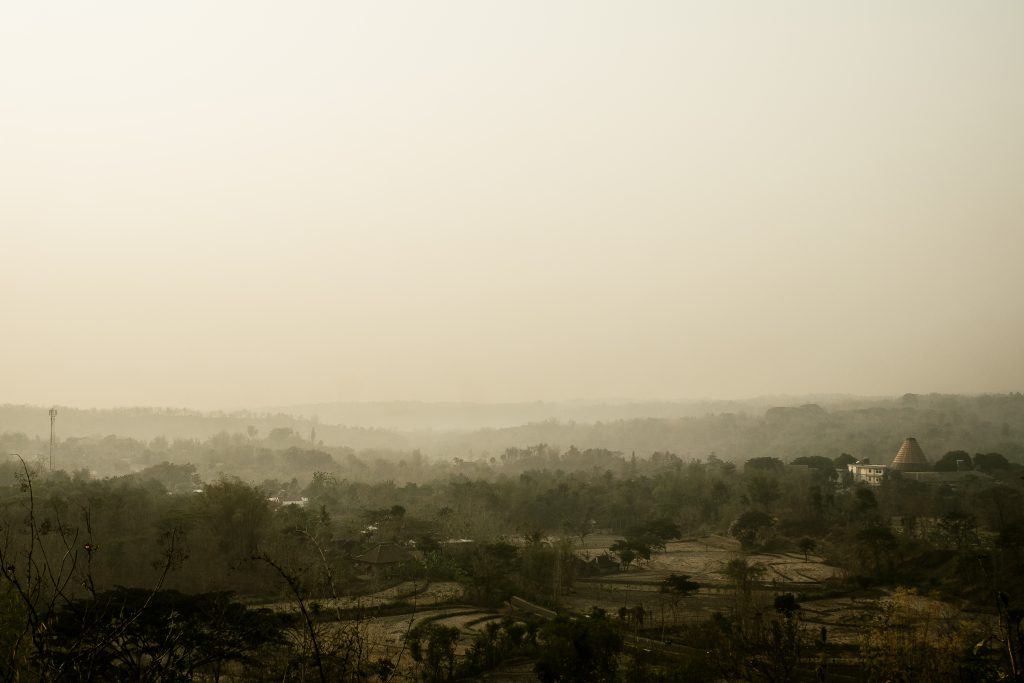

In the early part of the 21st century, global average surface temperature increased more slowly than it had over the previous several decades. This event is referred to alternatively as the global warming hiatus, pause, or slowdown. Since it occurred at a time when atmospheric CO2 was growing in concentration, and so too its warming effect, the warming slowdown has led some to question predictions of ongoing and accelerating warming.
It is important to note that over the early 21st century, global warming—energy accumulation in the atmosphere and oceans—continued. It is also hard to argue that surface temperature did not increase in the early 21st century. Over the last few years, a substantial body of research has helped scientists understand why real world temperature departed from what the models suggest should have been the case. At this point, there is little evidence that the warming slowdown should lessen projections of future warming.
It is important to note that over the early 21st century, global warming—energy accumulation in the atmosphere and oceans—continued. Satellite and ocean temperature measurements show that warming of the climate system, as a whole, has continued. However, these measurements cannot resolve confidently if heat accumulation has increased as a result of higher levels of CO2, that is to say, if the greenhouse effect is increasing.
It is also hard to argue that surface temperature did not increase in the early 21st century. However, leading analyses show that the rate of increase was slower than it had been over the past few decades and was also slower than had been predicted by climate models (by about half, 0.1 °C instead of 0.2°C). Understood as a departure from expected warming, the slowdown exists despite some recent revisions to surface temperature datasets that show more warming over this period than we had previously thought.
Over the last few years, a substantial body of research has helped scientists understand why real world temperature departed from what the models suggest should have been the case. A cooling phase in the Pacific Ocean, driven by strong trade winds bringing cold water to the ocean surface, appears to be behind much of the slowdown. A series of small volcanic eruptions, that were not included in climate models, also, played a role in reducing the global temperature increases that we might otherwise have seen.
At this point, there is little evidence that the warming slowdown should lessen projections of future warming. Modeling studies show that when such slowdowns are associated with random variations on the part of the climate, they do not indicate less warming than might be expected over the 21st century. It is possible that revisions to future predictions might be appropriate in the future, but that would require not just observations of a warming slowdown, but a theoretical understanding of why such revisions would be necessary.